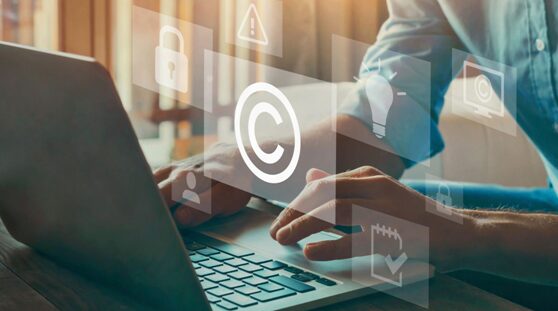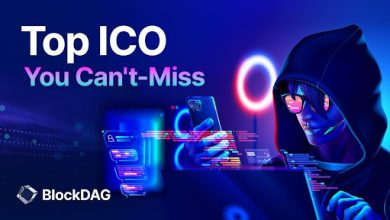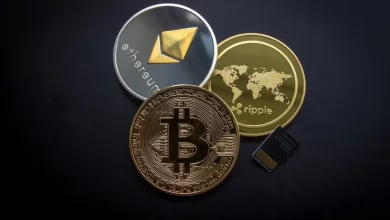Is it possible to patent software in Europe?

Currently, software protection raises several questions about its patentability and associated rights. Many companies and developers face whether a software program can be the subject of a patent in territories such as Spain and Europe. Although European legislation does not allow software to be patented directly, there are circumstances where it is possible to get legal protection for software-related technological innovations.
The complexity of software patents
Under current regulations in Europe, software programs, in their pure form, are not patentable, as they are not considered inventions. However, there is an exception when the software is linked to a technical purpose that it solves in a novel way. This implies that if the program generates a unique technical solution beyond its operation as simple computer code, such as improving the performance of a device or solving a technical challenge, it may be eligible for a patent.
This approach ensures that only technological advances that bring practical and technical improvements are patentable, thus avoiding patent saturation in the software field, which could hinder innovation.
Intellectual Property
To better understand the complexity of this matter, it is important to know how a computer program relates to intellectual property or copyright. The simple creation of an intellectual work resulting from the wit of one or more persons grants, in and of itself, copyright to its creators, no matter if it is registered or not.
In the case of software, the creation is the program as a whole, whether on physical or digital media or for use in the cloud. What makes this issue complex is that the programs have a “system”, that is, a series of functionalities that occur in a predetermined way to meet certain needs (for example, displaying the weather forecast). And this “system” cannot be protected by a patent.
Copyright protection
While patents offer a limited avenue for protecting software, copyrights play a fundamental role in the legal defense of programs. Copyrights protect the structure, source code, and graphical elements of software, guaranteeing creators exclusivity over their work and preventing unauthorized use.
Unlike patents, copyrights do not require a technical evaluation or an application to a patent office, which simplifies the software protection process. This protection extends from the moment the work is created, ensuring that the developer has control over its creation.
Protection via trademark registration
Another possibility to guarantee additional protection to the creators of computer programs is to register a trademark associated with them. This can protect names, designs, or logos that are associated with the products or services offered through the software. It is important to have the advice of a trademark and patent agency in Europe to ensure that all procedures are carried out smoothly.
Conclusion
Protecting software in Europe and Spain can be a challenge, as patentability is restricted to specific cases where the software contributes to a significant technical improvement. However, copyright and trademark registration offers an alternative to secure software protection. By understanding the various forms of protection available, companies and developers can make informed decisions to safeguard their creations in the dynamic world of technology.
Read more: Software intellectual property: patentability and copyrights





